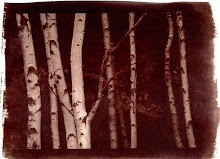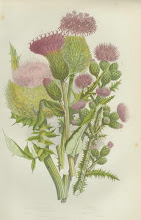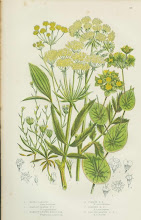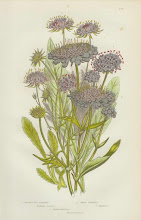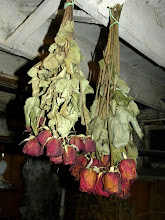 I was sick for Mabon so I didn't get to make my traditional oat cakes (which really bummed me out) but David and I are going to be taking a day trip to the beach and some old cemeteries next week for our anniversary and I thought I'd make the cakes then. I adore the beach when the crowds have all gone home for the year and the air is crisp, the breezes cool, the water is starting to look the color of slate and the beach is utterly empty in either direction as far as the eye can see. Follow that with some photo ops in old historic cemeteries and a picnic for two (plus my beloved dogs) and I'm feeling the bliss. I love to bake for a picnic: quiches, breads, salads, some cookies or cakes and tiny treats to be taken out and nibbled here and there throughout the day while we hike. One of my favorite fall breads is really a muffin. I make them in mini muffin cups which makes them the perfect little snack or side to a fuller meal. And they're not too heavy or sweet like a breakfast muffin can be. Tart, freshly harvested apples make these a must-bake for this time of year.
I was sick for Mabon so I didn't get to make my traditional oat cakes (which really bummed me out) but David and I are going to be taking a day trip to the beach and some old cemeteries next week for our anniversary and I thought I'd make the cakes then. I adore the beach when the crowds have all gone home for the year and the air is crisp, the breezes cool, the water is starting to look the color of slate and the beach is utterly empty in either direction as far as the eye can see. Follow that with some photo ops in old historic cemeteries and a picnic for two (plus my beloved dogs) and I'm feeling the bliss. I love to bake for a picnic: quiches, breads, salads, some cookies or cakes and tiny treats to be taken out and nibbled here and there throughout the day while we hike. One of my favorite fall breads is really a muffin. I make them in mini muffin cups which makes them the perfect little snack or side to a fuller meal. And they're not too heavy or sweet like a breakfast muffin can be. Tart, freshly harvested apples make these a must-bake for this time of year.CRANBERRY APPLE MUFFINS makes 12 regular or approximately 24 mini muffins
1 cup all-purpose flour
1/2 cup whole wheat flour (or all-purpose flour)
1 teaspoon baking soda
1 teaspoon ground cinnamon
1/4 teaspoon salt
2 large eggs
3/4 cup packed brown sugar (light or dark)
1/4 cup butter, melted
1 teaspoon pure vanilla extract
3/4 cup diced tart apple, peeled
3/4 cup fresh or frozen cranberries
1/2 cup chopped walnuts (optional)
Preheat the oven to 350f degrees. Grease and lightly flour muffin tins, or use paper liner cups. Mix the flours together with the baking soda, cinnamon, and salt in a large bowl. In a seperate bowl, whisk eggs with sugar until smooth. Whisk in the melted butter and the vanilla. Stir in the fruits and nuts (if using) and pour these moist ingredients over the dry ones. Fold just until all ingredients are well mixed and you don't see any dry lumps.
Scoop batter into the muffin tins and bake 20-25 minutes for regular-sized muffins, slightly less for minis, or until golden browned on top and firm to the touch. Turn out onto a rack to cool and store in an airtight container for no more than two days. These taste best served warm and please note that they cannot be frozen so eat them quickly and enjoy!
Photo courtesy of bougi on flickr.




